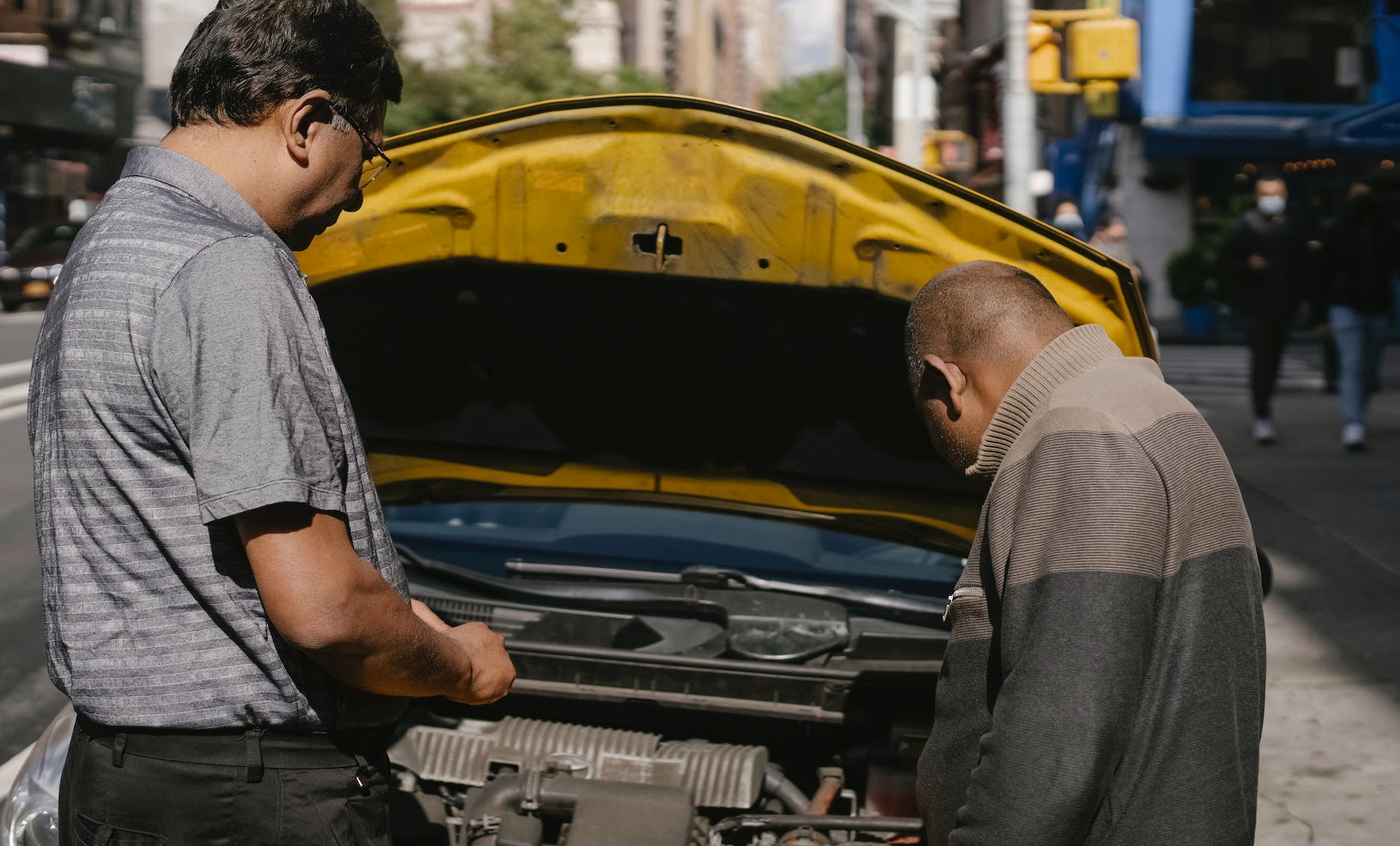
Vehicle Safety: Defensive Driving and Maintenance
Introduction
Vehicle safety is a paramount concern for individuals and organizations alike, with a focus on preventing accidents and ensuring the well-being of drivers and passengers. This article explores the importance of defensive driving techniques and regular vehicle maintenance as integral components of a comprehensive vehicle safety strategy.
Defensive Driving Techniques
- Anticipating and Avoiding Hazards
- Teaching drivers to anticipate potential hazards on the road
- Instilling the practice of proactive decision-making to avoid dangerous situations
- Maintaining a Safe Following Distance
- Emphasizing the significance of maintaining a safe following distance
- Allowing drivers adequate time to react to sudden stops or changes in traffic conditions
- Adhering to Speed Limits
- Encouraging drivers to adhere to posted speed limits
- Avoiding speeding reduces the likelihood of accidents and enhances overall road safety
- Minimizing Distractions
- Promoting awareness of the dangers of distractions while driving
- Discouraging activities such as texting, calling, or adjusting electronic devices while operating a vehicle
- Using Defensive Driving Courses
- Encouraging drivers to undergo defensive driving courses
- Enhancing drivers’ skills and knowledge of defensive driving techniques through structured training programs
- Maintaining Visibility
- Stressing the importance of maintaining clear visibility
- Regularly checking and cleaning windows, mirrors, and headlights for optimal visibility on the road
- Adapting to Weather Conditions
- Educating drivers on adapting to varying weather conditions
- Providing guidelines for safe driving in rain, snow, fog, or other challenging weather scenarios
- Respecting Right of Way
- Emphasizing the importance of respecting the right of way
- Preventing collisions by yielding appropriately and avoiding aggressive driving behaviors
Vehicle Maintenance Practices
- Regular Inspection and Servicing
- Implementing a schedule for regular vehicle inspections and servicing
- Checking essential components such as brakes, tires, lights, and fluids to ensure optimal performance
- Tire Maintenance
- Providing guidelines on proper tire maintenance
- Regularly checking tire pressure, tread depth, and overall condition to prevent blowouts and ensure safe driving
- Brake System Checks
- Conducting regular checks on the brake system
- Ensuring that brakes are in good working condition to facilitate timely stops and prevent accidents
- Fluid Level Monitoring
- Monitoring and maintaining appropriate levels of essential fluids
- Checking engine oil, transmission fluid, brake fluid, and coolant to prevent mechanical failures
- Battery Health Checks
- Including battery health checks in routine maintenance
- Ensuring that the vehicle’s battery is charged and in good condition to prevent unexpected breakdowns
- Lights and Signals Inspection
- Regularly inspecting and testing all lights and signals
- Ensuring that headlights, brake lights, turn signals, and hazard lights are functioning correctly for optimal visibility and communication on the road
- Alignment and Suspension
- Checking and maintaining proper wheel alignment and suspension
- Enhancing vehicle stability, handling, and overall safety on the road
Conclusion
In conclusion, prioritizing vehicle safety involves a combination of defensive driving techniques and regular vehicle maintenance practices. By instilling a culture of defensive driving awareness, teaching proactive decision-making, and emphasizing the importance of preventive maintenance, organizations and individuals can significantly reduce the risk of accidents and enhance overall road safety. By adopting these strategies, we contribute to safer roads and ensure the well-being of everyone on the journey.
Mental Health in the Workplace: Addressing Psychological Safety as a Safety Officer
Safety Inspections: A Step-by-Step Guide for Safety Officers
Implementing and Evaluating Safety Training Programs for Employees
Occupational Health and Safety Trends: Staying Ahead as a Safety Officer
Emergency Response Planning: Best Practices for Safety Officers
Frequently Asked Questions (FAQs)
- Why is maintaining a safe following distance important for defensive driving?
- Maintaining a safe following distance provides drivers with adequate time to react to sudden stops or changes in traffic conditions. It is a crucial defensive driving technique that helps prevent rear-end collisions.
- How does regular tire maintenance contribute to vehicle safety?
- Regular tire maintenance, including checking tire pressure, tread depth, and overall condition, prevents blowouts and ensures safe driving. Properly maintained tires enhance vehicle stability and reduce the risk of accidents.
- Why is brake system checks essential for vehicle maintenance?
- Regular checks on the brake system are essential for ensuring that brakes are in good working condition. This contributes to timely stops and prevents accidents by maintaining the vehicle’s braking efficiency.
- What are some defensive driving techniques for adverse weather conditions?
- Defensive driving techniques for adverse weather conditions include adapting driving speed to weather conditions, maintaining a safe following distance, and being cautious on slippery surfaces. Educating drivers on these techniques enhances their ability to navigate challenging weather scenarios safely.
- Why is regular vehicle inspection and servicing important?
- Regular vehicle inspection and servicing are crucial for identifying and addressing potential issues before they escalate. This preventive approach ensures optimal vehicle performance, reduces the risk of breakdowns, and enhances overall road safety.
























